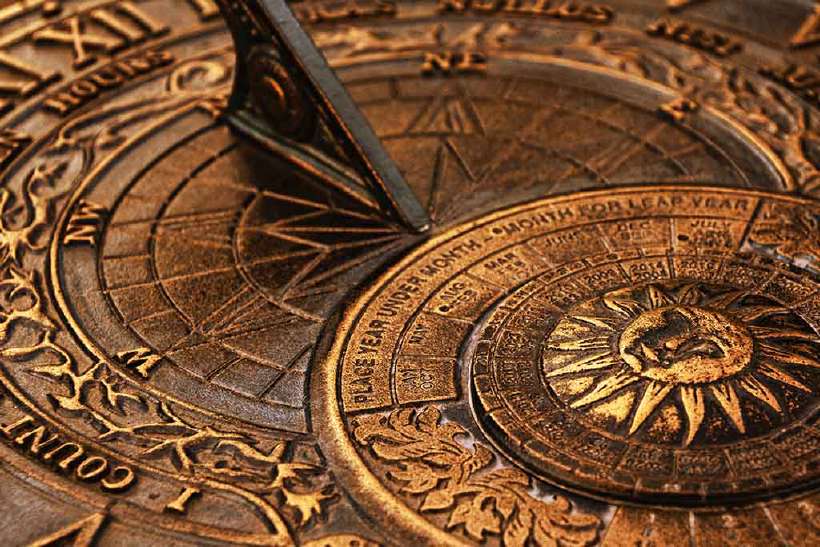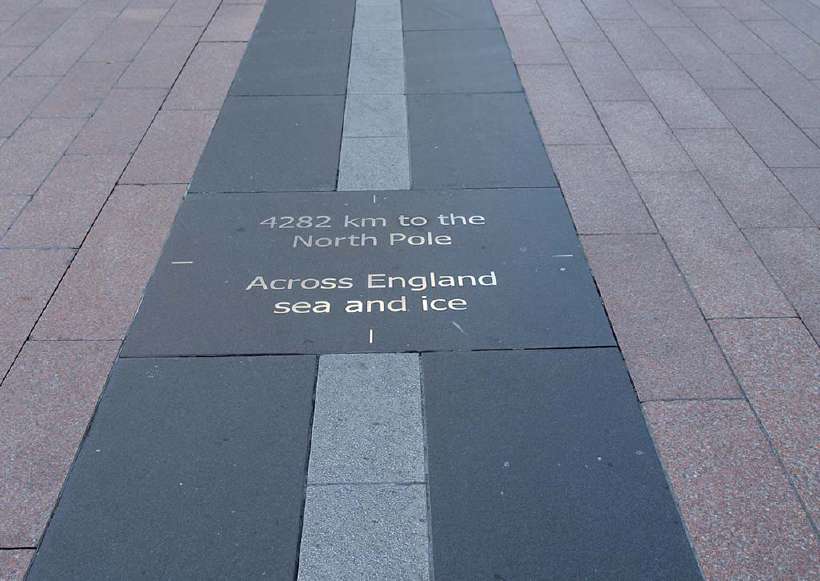Why Does Time Start in Greenwich?
Home / Science for Kids / 5Ws & H For Kids / Why Does Time Start in Greenwich?
Its six in the morning and the sun is streaming through the window of your home in Delhi. In New York, people are just packing up to go home as it is six in the evening!
Nothing amazing about it. We know that the earth is round and that it revolves once in 24 hours. So while it is daytime in the east, it is still night in the west.
But for ages, people measured time based on the position of the sun – it was noon when the sun was highest in the sky.
Even in the Middle Ages, when mechanical clocks began to appear, cities would set their town clock by measuring the position of the sun. But every city would be on a slightly different time.
So while some snored their way through the night a relative from a hundred miles away who had come visiting was kept awake and fuming outside the door! People wouldn’t accept the fact that time varied from village to village and they wasted more time fighting over this.
Actually the confusion began with the invention of the clocks itself!
Clocks were first invented in China around 100 A.D. from the earlier sundials which were simple devices that marked the movement of the sun with the movement of the earth. By 1300 A.D., large clocks with weights were invented and these consisted of gears that moved the hands. The problem was someone had to constantly reset the weights.
In 1510, Peter Henlein of Germany discovered the spring-powered clock and in 1656, Christian Huygen, a Dutch scientist, patented the pendulum clock.
Soon, several clocks sprung up in most towns and villages. This abundance of clocks caused confusion as each clock was set for noon for that particular village. But this problem was not taken into account until the postal service began.

Early posts were delivered by runners and they were supposed to wait for each other at a certain time at an appointed place. But while it was noon at village A, it was still 11 a.m. at village B a hundred miles westward and so the runner would not be present at the appointed time.
By the next century when the railways were developed, it was altogether a different story. With the railways connecting distant towns and cities, it became imperative for passengers to know when the train would arrive and also what time they would reach their destination.
Sometimes travelers missed their connecting train as various towns stuck to local time calculated according to the sun at noon. For instance, if the distance between New York and Chicago was to be covered in 18 hours and the train left New York at 10 a.m., it reached Chicago 18 hours later. No doubt it reached at 6 a.m. New York time, but the Chicago local time was something like 10 p.m.
Britain was the first country to accept that a standard time was necessary and decided to adopt a single consistent time across the country to regulate train timings. The original idea was credited to Dr. William Hyde Wollaston (1766-1828), which was taken up and implemented by Abraham Follett Osler (1808-1903). The first railway to adopt London time was the Great Western Railway in November 1840.
However, the United States was a different story. It is so vast and as we know today, each state is in a different time zone. So while it was day in the east in New York, it was probably noon in Illinois and night in California.
In November 1883, the U.S. and Canadian railways decided to adopt a standard time but there was much confusion as to what place should be taken as the prime median from which the standards could be set.
In 1884 a Canadian railway engineer Sir Sanford Fleming suggested that the entire world be divided into time zones that would be calculated from a prime meridian. This would help calculate various time zones relative to that one.
In October 1884, an International Meridian Conference met in Washington DC to settle the matter. Twenty-four countries participated and they chose Greenwich, a village just outside London in England as the prime meridian. However, two countries did not approve of the location.
Why Greenwich? The delegates decided to adopt a meridian line at 0 degrees that passes through Greenwich. A principal transit instrument at the Observatory at Greenwich was to be established and this would be taken as the ‘initial meridian’.

Since the world was round and a circle consists of 360 degrees, the longitudes (horizontal lines dividing the world) would be calculated both east and west from this meridian. A universal day would thus be the mean solar day beginning at midnight at Greenwich and counted on a 24 hour clock.
Though a majority agreed to establishing a Greenwich Mean Time or GMT as the world standard, enforcing this wasn’t easy. France refused to accept GMT till 1911.
Countries that did approve the resolution also did not bother to incorporate GMT. For example Liberia did not incorporate GMT until 1972. Detroit for example, adopted GMT until 1900 when the City Council decreed that clocks should be put back 28 minutes to Central Standard Time. Funnily enough, while one half the city adapted this Central Standard Time the one half of the city stayed with local time.
Today, though there are discrepancies in timing, there are 24 different time zones established, demarking time across the world.
948 words |
9 minutes
Readability:
Grade 8 (13-14 year old children)
Based on Flesch–Kincaid readability scores
Filed under: 5ws and h
Tags: #railways, #trains, #clocks, #greenwich, #meridian
You may also be interested in these:
What is Daylight Saving Time?
Eastward Ho!
Who Invented Traffic Lights?
A Train Adventure of Wild Animals
Signals of the Past